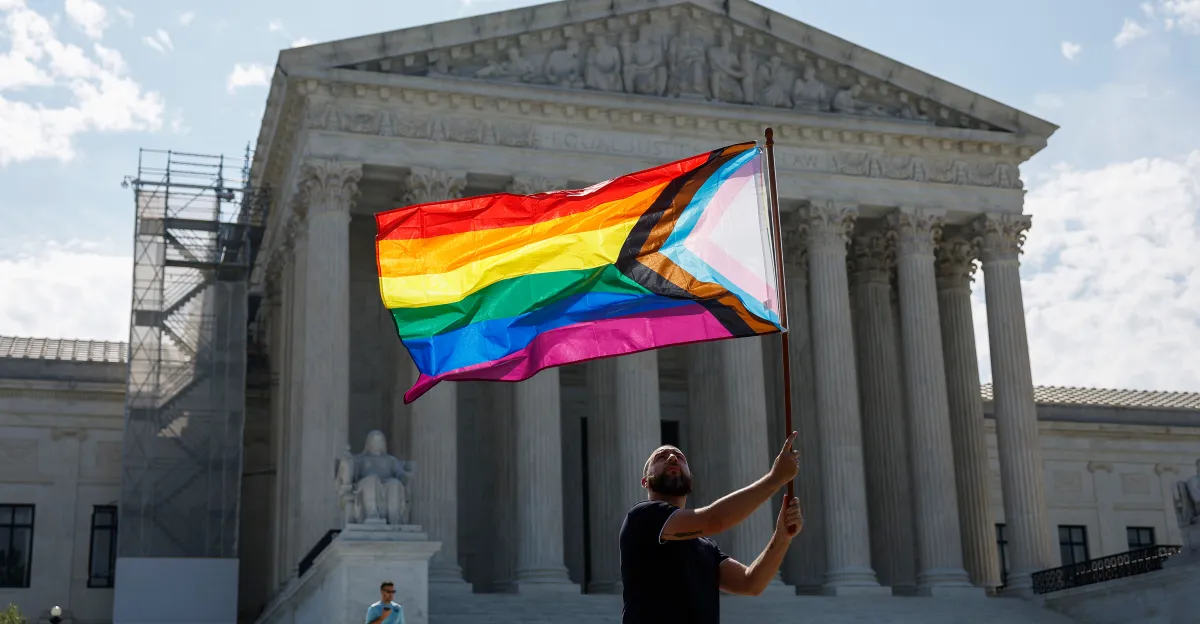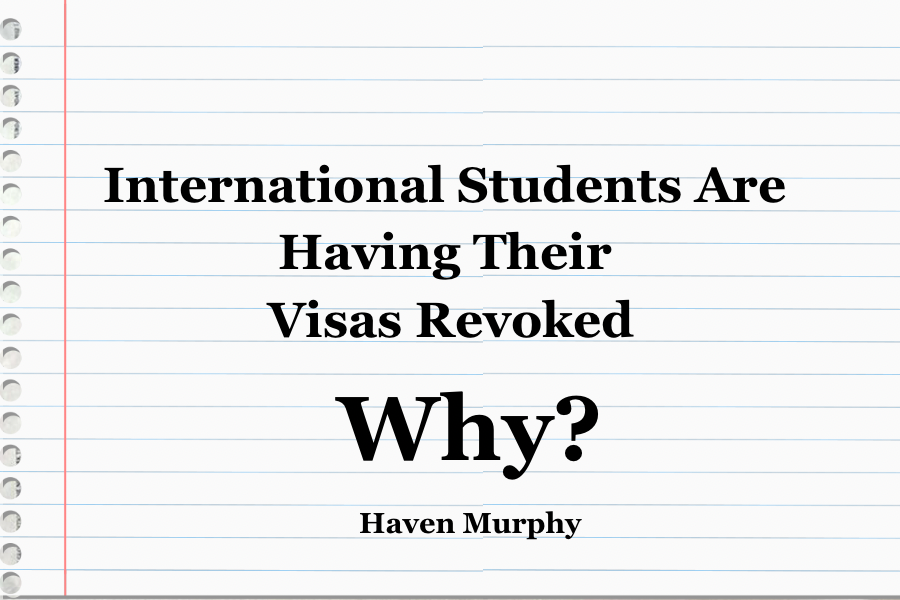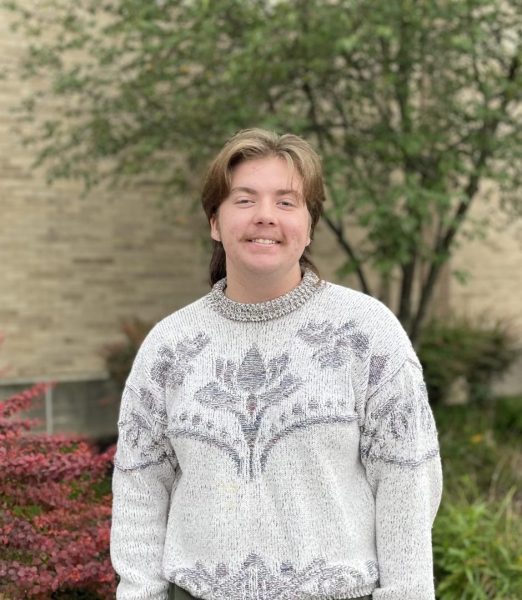For those unfamiliar, conversion therapy is the attempt to alter a person’s natural sexual/romantic attractions or perceived gender identity to better align with the cishet (cisgender, heterosexual) agenda via pseudoscientific means. A practice that emerged in the latter half of the nineteenth century following the practices of psychologists like Freud, Klein and Von Krafft-Ebing and encouraged by society’s blossoming interest in the brain and how it relates to behavior–conversion therapy became a way in which individuals were “taught” through various means, some more physically painful than others, to reject their natural feelings and follow what society deemed as “normal.”
Conversion therapy has been banned or restricted by several countries on every continent apart from Africa. Places such as Canada, Mexico, Ecuador, Portugal, Norway and New Zealand hold complete bans on the practice, those who ignore the ban face risk of criminal charges, and places like India, Chile, Brazil and Vietnam have restrictions on whether medical professionals are allowed to practice the “technique.” In the United States, no national ban exists, but individual states are able to have set restrictions on whether or not conversion therapy may be enacted.
Despite being officially denounced by programs such as the American Psychiatric Association since 1973, in more recent presidential administrations, the United States Supreme Court has reconsidered the ability for individual states to decide how to deal with conversion therapy. Brought back into the limelight via a hearing that is set to have a resolution by sometime next year, questions as to the validity of aforementioned bans on conversion therapy have festered within homophobic Americans for decades. Kaley Chiles, a therapist from Colorado, claims the ability for the state of Colorado to ban conversion therapy infringes on her first amendment right to free speech. She reasons that it’s “discrimination” to hold bans on those performing conversion therapy and that the ban favors alternative opinions whilst punishing her own.
Despite a Stanford Medicine led survey with 4000+ participants speaking to the harmful nature of conversion therapy and the likelihood of recipients facing symptoms of P.T.S.D. (Post Traumatic Stress Disorder), along with decades of research denouncing the effectiveness of conversion therapy in all of its faces–whether that be talk therapy, aversion therapy, or even methods more extreme along the lines of castration or brain surgery. Nazi Germany in particular frequently used castration as a method of conversion therapy for homosexual prisoners, as well as sex offenders, creating a false link between the two groups–first in the minds of the German people, then the world. The association between LGBTQ+ individuals and sexual predators is an extremely harmful and dangerous stereotype that persists to the modern day, contributing to the problem at hand.
The Supreme Court is made up of nine justices, six of whom are conservative leaning (though they’re meant to be impartial to the law). Gay marriage only being legalized in 2015 nation-wide creates a valid concern for queer individuals, particularly those identifying as transgender and intersex when considering attempts to convert individuals’ bodies and minds to meet a standard. Conversion therapy comes not only in the method of convincing an individual to only engage in heterosexual activities, but also takes the form of medical intervention on intersex bodies. Since the Byzantine Empire, records of surgeries attempting to “correct” those not matching standard male or female attributes have been made, a testament to the lack of consideration human beings have for anything or anyone different. Despite the longstanding tradition of such surgical procedures, advocates against the practice reason unless it is a procedure necessary for the survival of an individual, there is no reason procedures “correcting” intersexuality should be made until the recipient is able to consent reasonably.
The supreme court, in a conservative trend, may vote in favor of the petitioner despite the pushback from medical professionals and those affected, setting a precedent for the continued harm of individuals forced to undergo such procedures, either surgically or psychologically.









